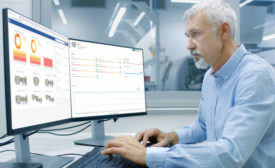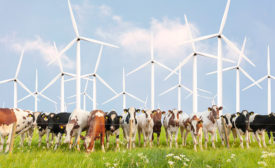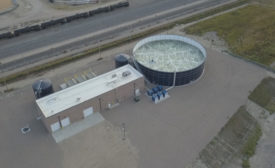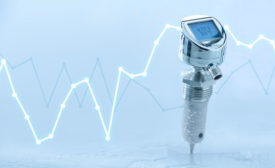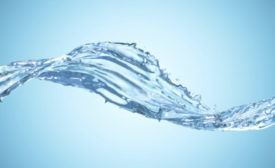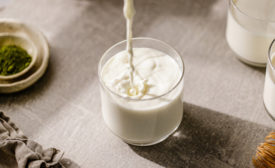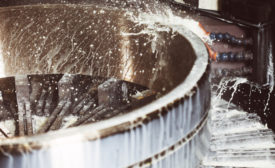Processing
Making a difference on the sustainability front
Dairy processors share their success stories within the sustainability arena.
June 21, 2022
The dairy plant’s path to reducing fuel costs, improving energy-efficiency
Dairy industry ups game in fight to save the planet and design with sustainability in mind.
June 17, 2022
Vermont Creamery is artisan but agile
The dairy processor has managed to scale up volume growth to meet retail demand without compromising its products’ artisanal qualities.
June 3, 2022
Vermont Creamery is gearing up for growth
The company and its team of ‘bettermakers’ are aiming for responsible growth while doubling down on their positive impact.
May 26, 2022
Remove the weight of water use in dairy plants
A concentrated effort to reduce water and energy use in dairy processing operations can lead to big paybacks.
May 23, 2022
Does your milk taste bad?
Spoilage organisms in pasteurized milk can result in off-flavors and other defects.
May 20, 2022
Automation innovation drives higher throughput
Dairy processors can begin by identifying a productivity pain point.
May 20, 2022
Dairy equipment cleaning: CIP vs. COP
It is essential that the intended method of cleaning and sanitizing is determined during the design phase of every project.
April 28, 2022
Stay ahead of the curve. Unlock a dose of cutting-edge insights.
Receive our premium content directly to your inbox.
SIGN-UP TODAYCopyright ©2024. All Rights Reserved BNP Media.
Design, CMS, Hosting & Web Development :: ePublishing
